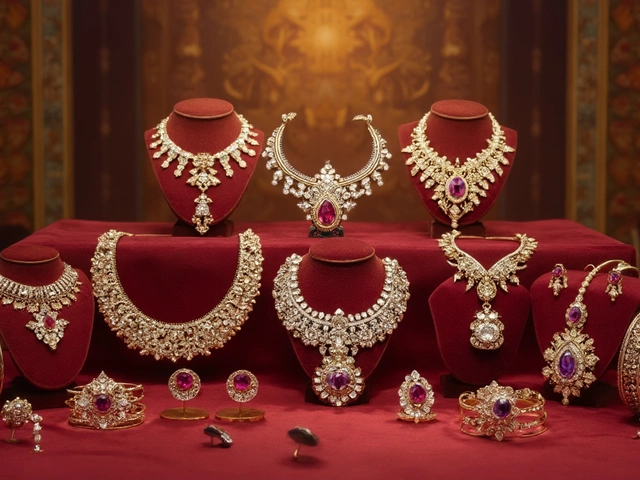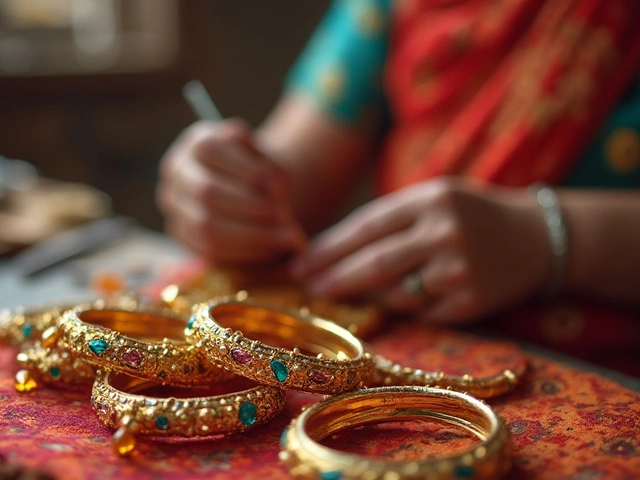Gold Authenticity: How to Spot Real Gold and Decode Hallmarks
Buying gold can feel risky if you’re not sure what you’re holding. One wrong purchase can cost you big time, but the good news is you don’t need a lab to tell if a piece is genuine. In this guide we’ll walk through the most common hallmarks, easy at‑home tests, and quick tips to keep you from falling for cheap knock‑offs.
Read the Hallmarks – Your First Line of Defense
Every piece of gold sold in India should carry a BIS (Bureau of Indian Standards) hallmark. Look for a small stamp that includes three things:
- Purity mark – numbers like 916, 875, or 750 tell you the gold’s fineness. 916 means 22‑carat (91.6% pure), 875 means 21‑carat (87.5% pure), and 750 means 18‑carat (75% pure).
- Assaying office symbol – a circle with a letter (e.g., ‘A’) identifies the lab that verified the purity.
- Year of certification – a two‑digit number shows when the stamp was applied.
If you can see all three parts clearly, you’re on the right track. Missing or faint stamps are a red flag, especially on cheap‑looking items.
Quick Home Tests You Can Do Right Now
Even with a hallmark, a clever counterfeiter can plate a fake piece with a thin layer of real gold. Here are three simple tricks to double‑check:
- Magnet test: Real gold is not magnetic. Hold a strong magnet near the jewelry; if it sticks, the piece is likely steel or iron‑based.
- Water test: Drop the item into a glass of water. Real gold is dense, so it will sink quickly. A fake that’s mostly alloy may float or sink slowly.
- Acid test kit: You can buy a basic kit with different strengths of nitric acid. A tiny scratch on an inconspicuous spot, followed by a drop of acid, will change color based on purity. Follow the kit’s chart – 875 gold should turn a specific shade, while lower‑purity alloys will react differently.
These tests aren’t 100% foolproof, but together they catch most fakes. If anything feels off, walk away or ask a trusted jeweler for a professional check.
Another practical tip is to compare weight. Gold is heavy for its size. Take a known authentic piece of similar design, weigh both on a kitchen scale, and note any big differences. A lighter piece often means it’s hollow or alloy‑filled.
Finally, always ask the seller for a purchase receipt that lists the hallmark details. A reputable shop will gladly provide it, and it gives you a paper trail if you need to make a claim later.
By mastering hallmarks, using quick at‑home tests, and staying skeptical of deals that sound too good, you’ll protect your wallet and enjoy your gold with confidence.
KK Mark on Jewelry: What Does It Really Mean?
Ever spotted 'KK' engraved inside a ring or pendant and wondered what it means? This article breaks down the mystery behind the KK mark on jewelry, its origin, and why it appears on antique pieces. Learn how to recognize genuine KK markings, understand their value, and avoid falling for lookalikes. Plus, get tips for collectors and buyers looking for authentic antique finds. Find out how this tiny mark can tell a big story about craftsmanship and history.





